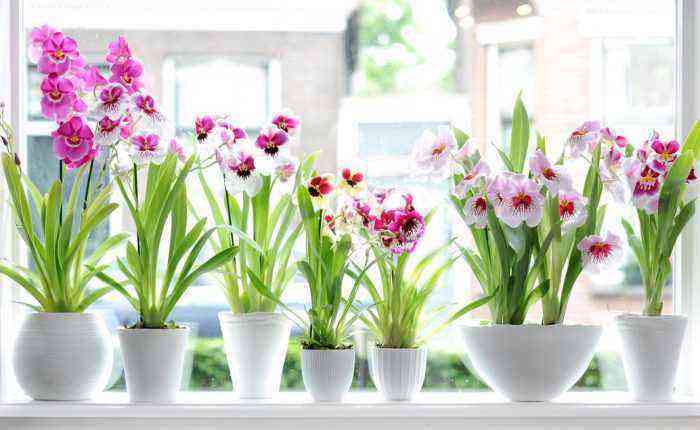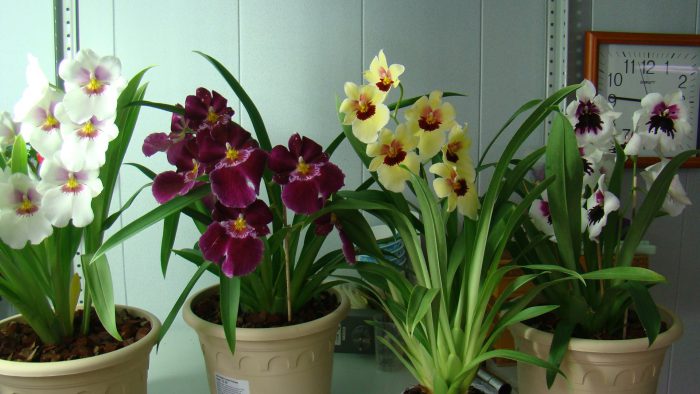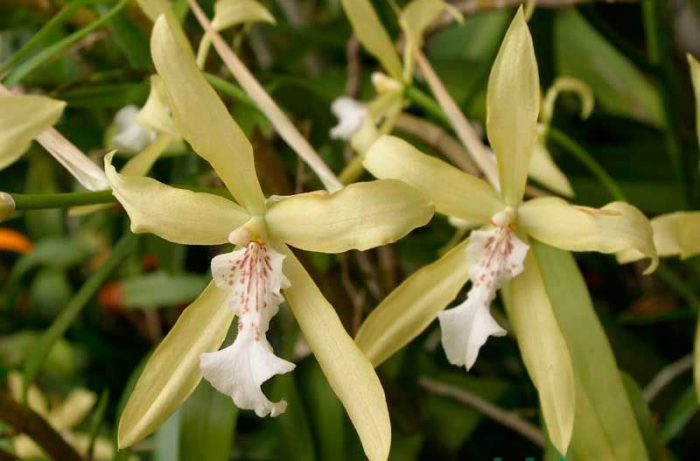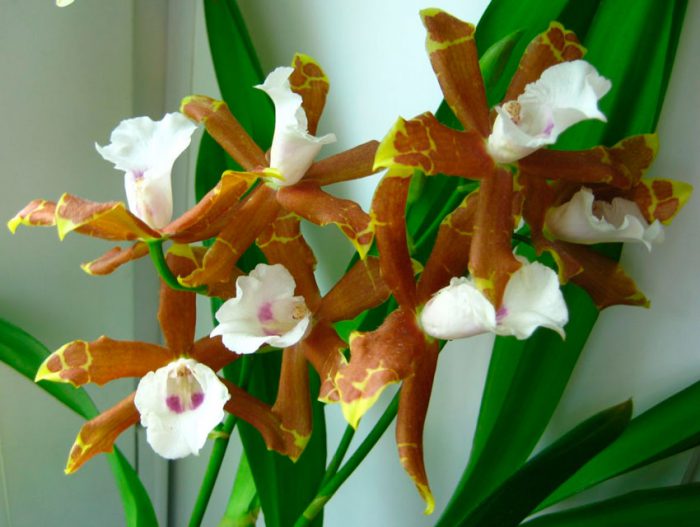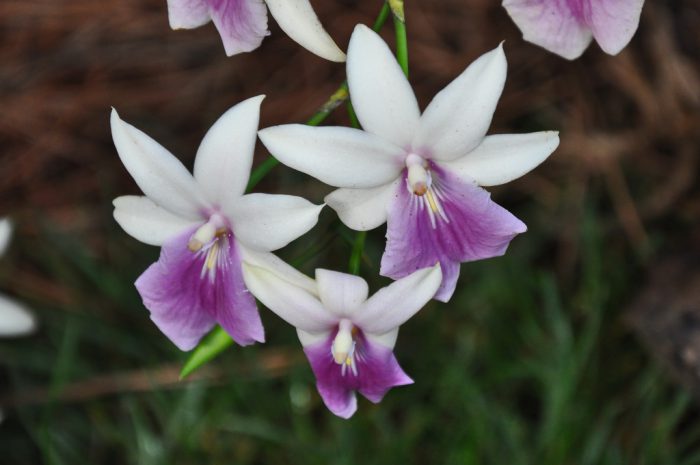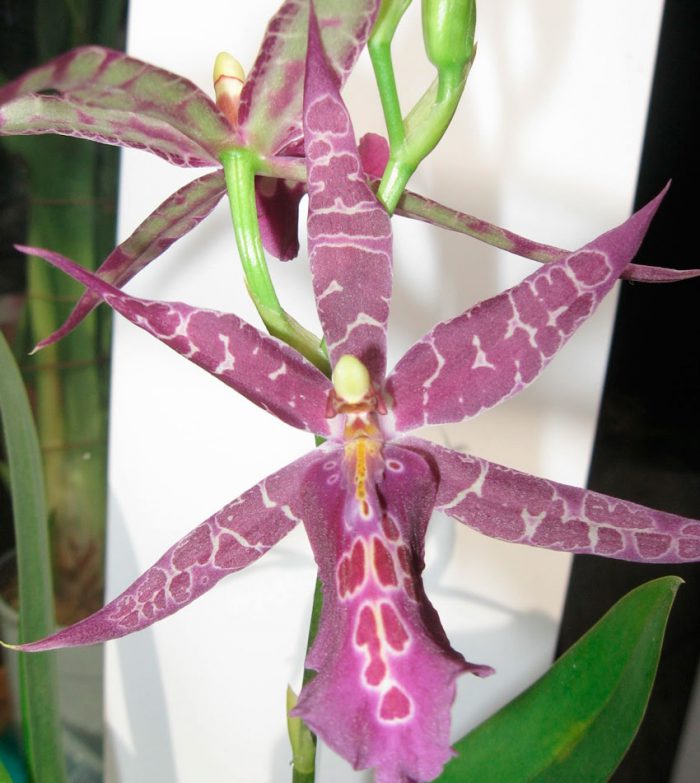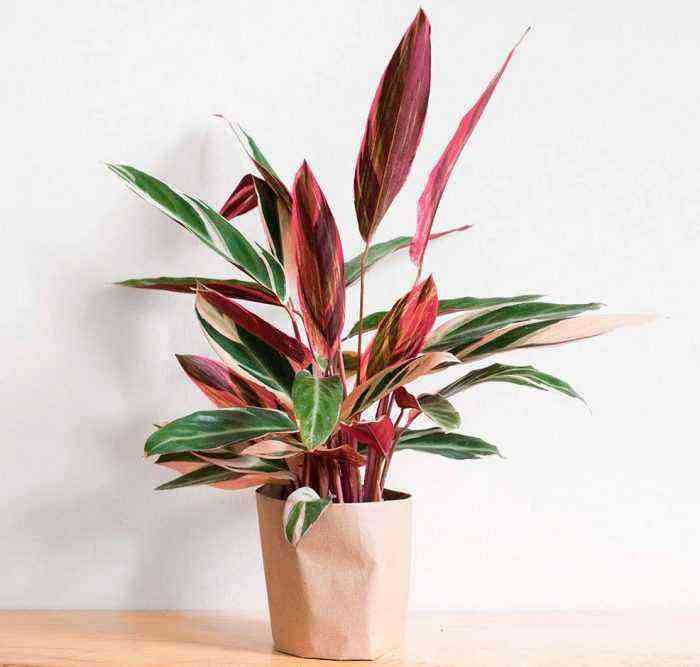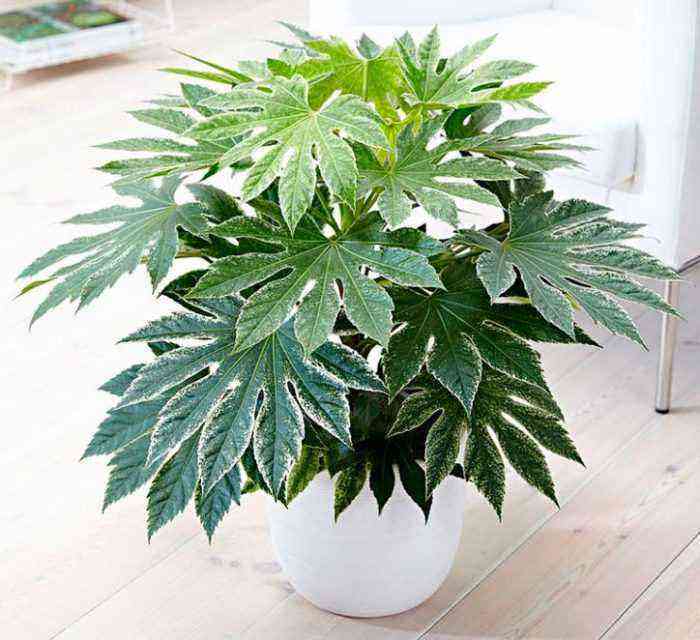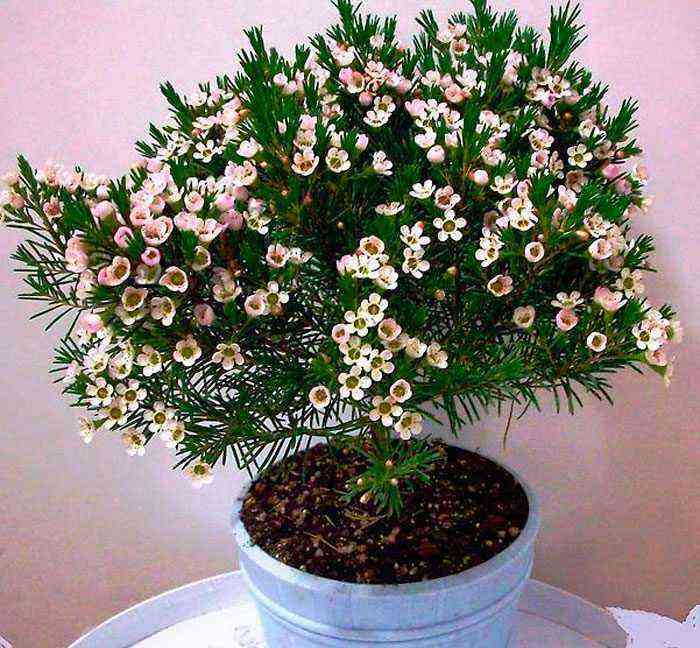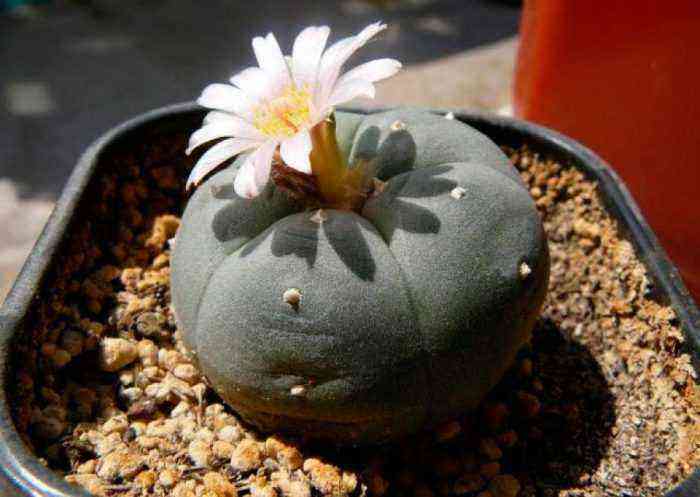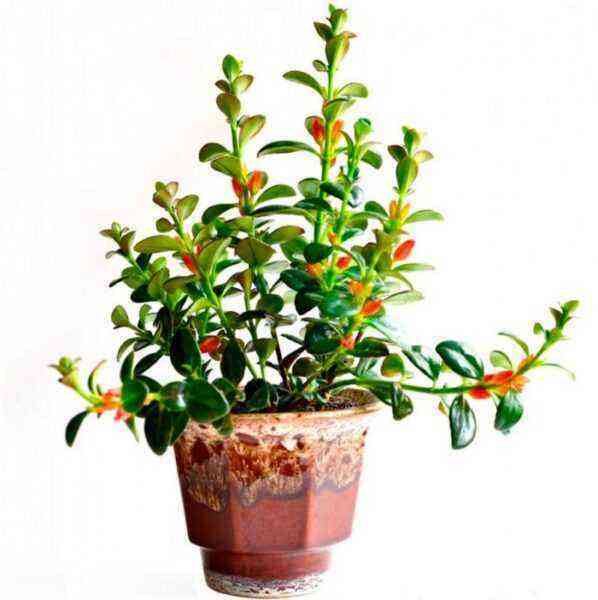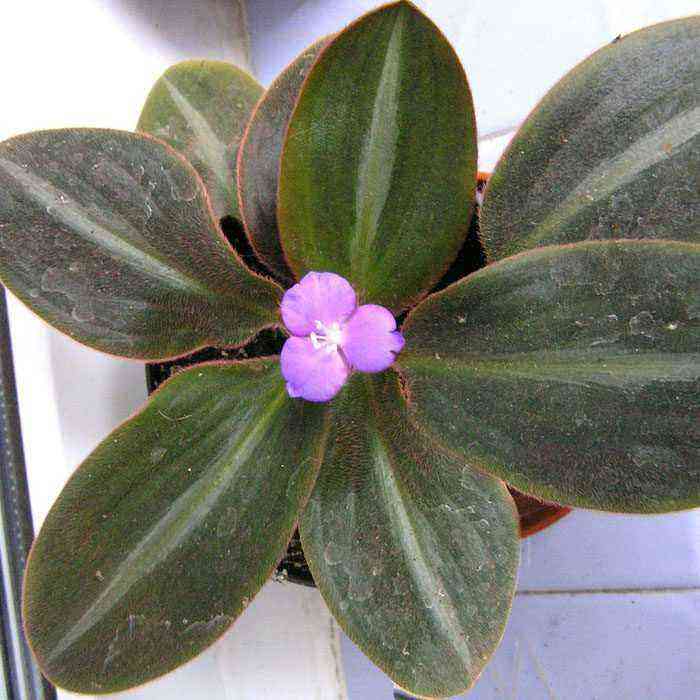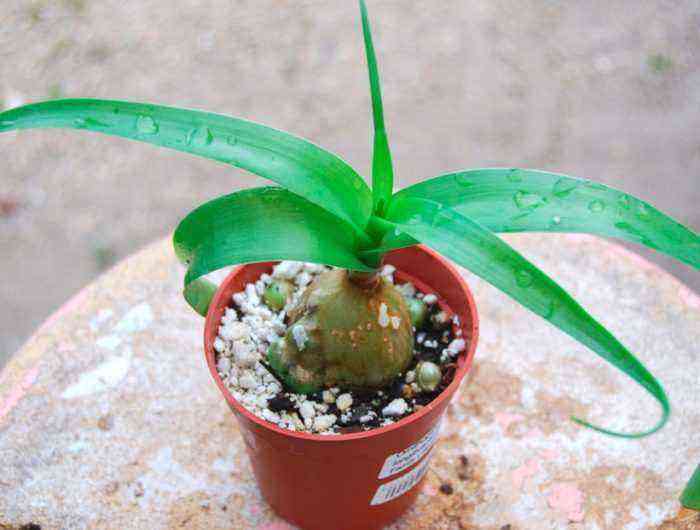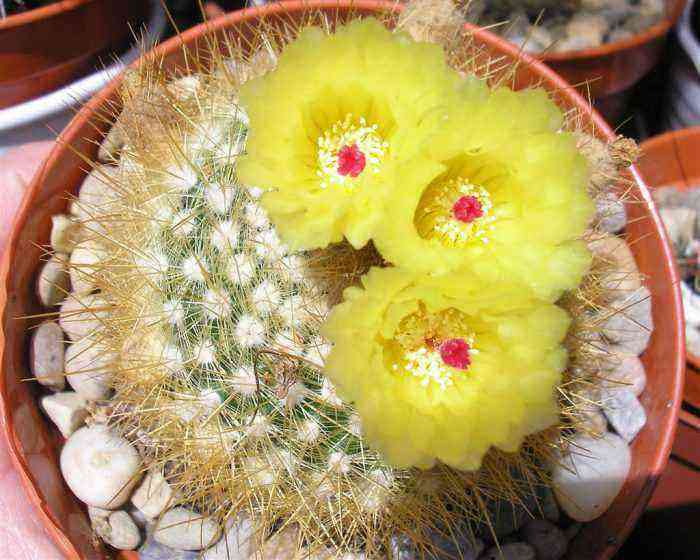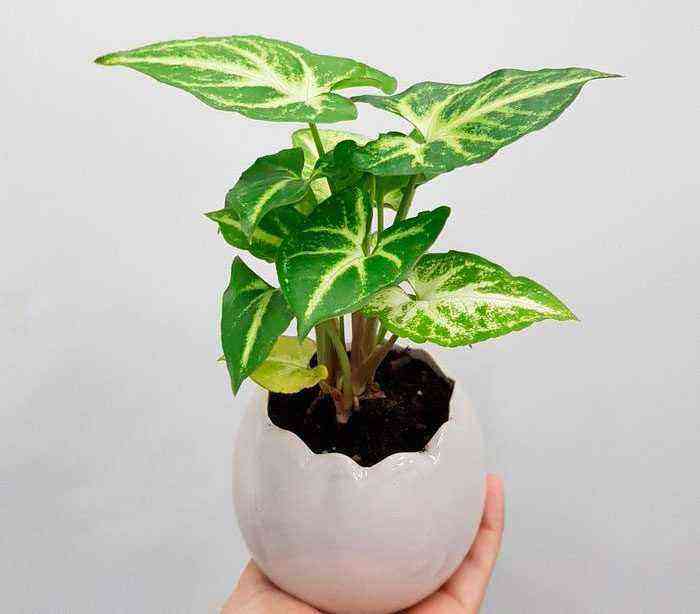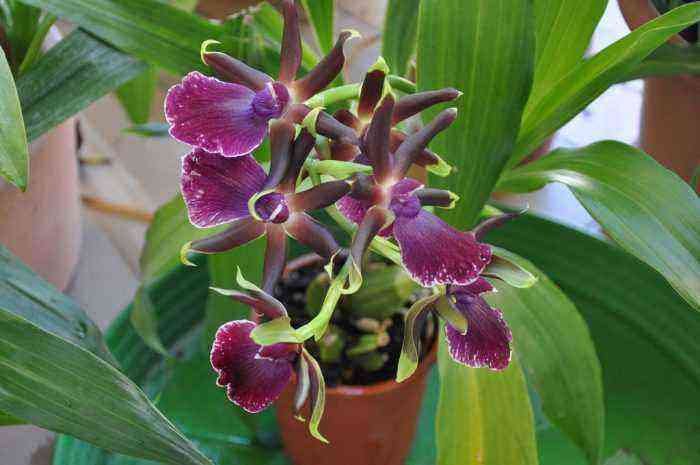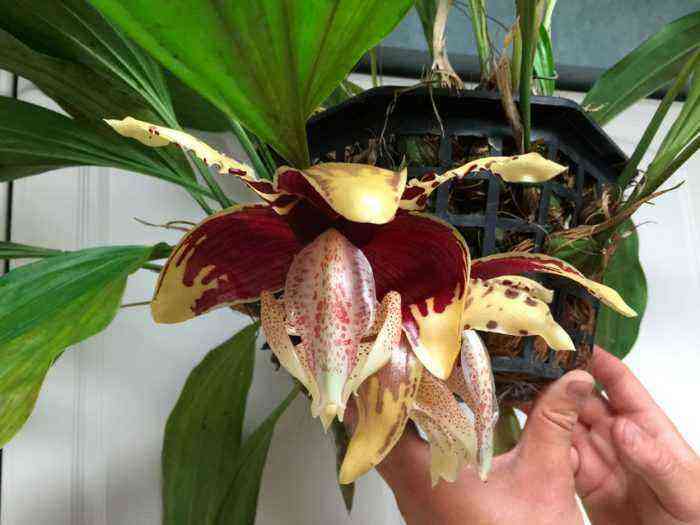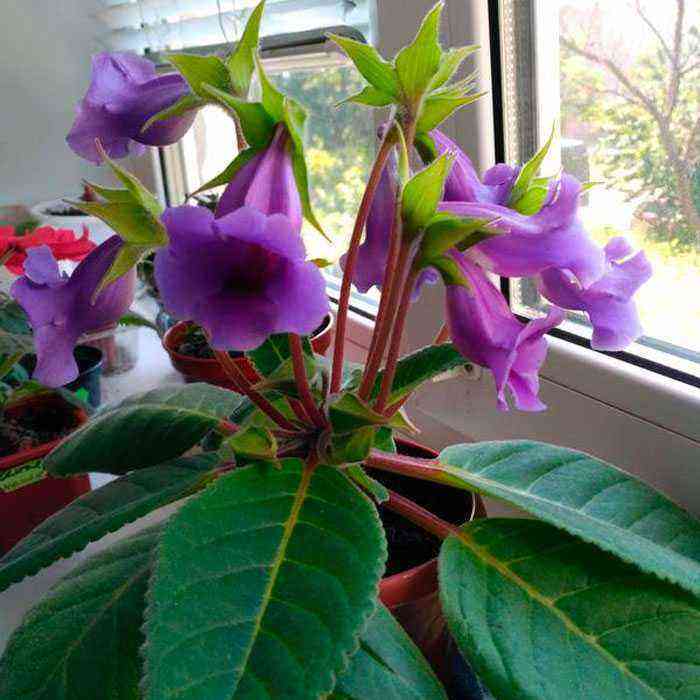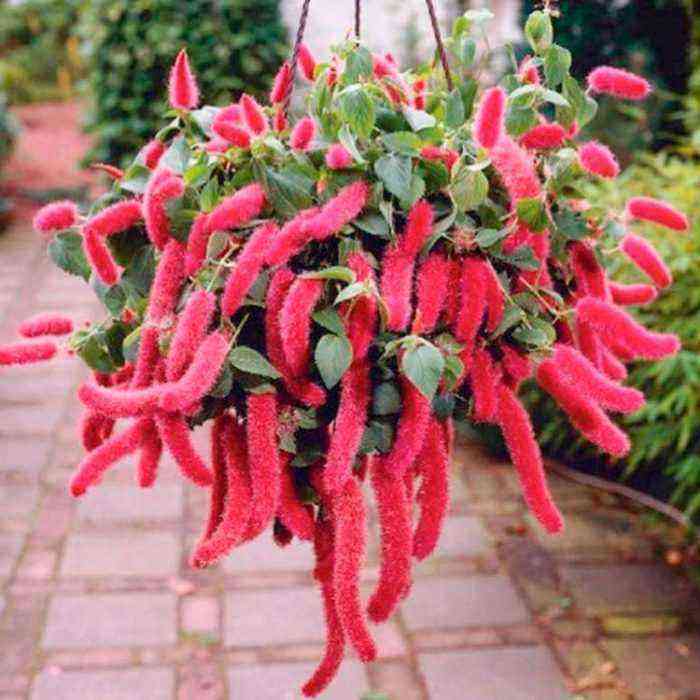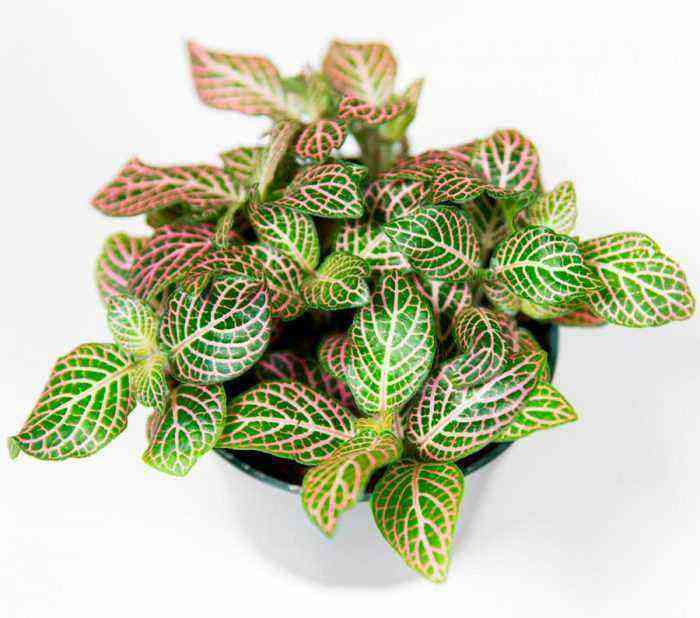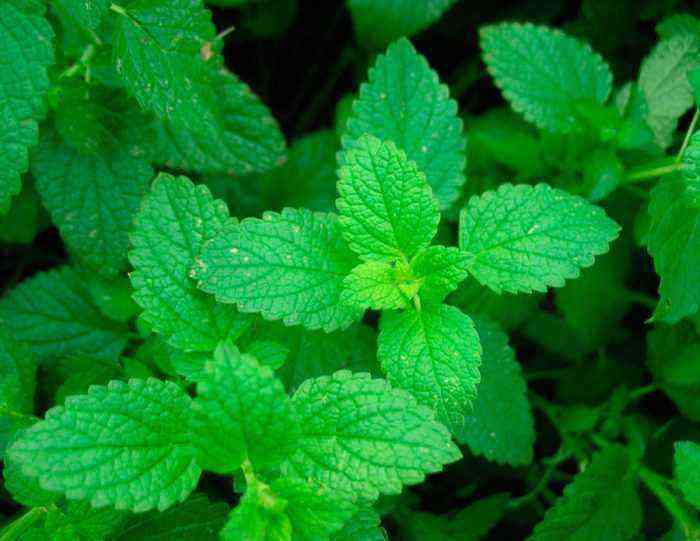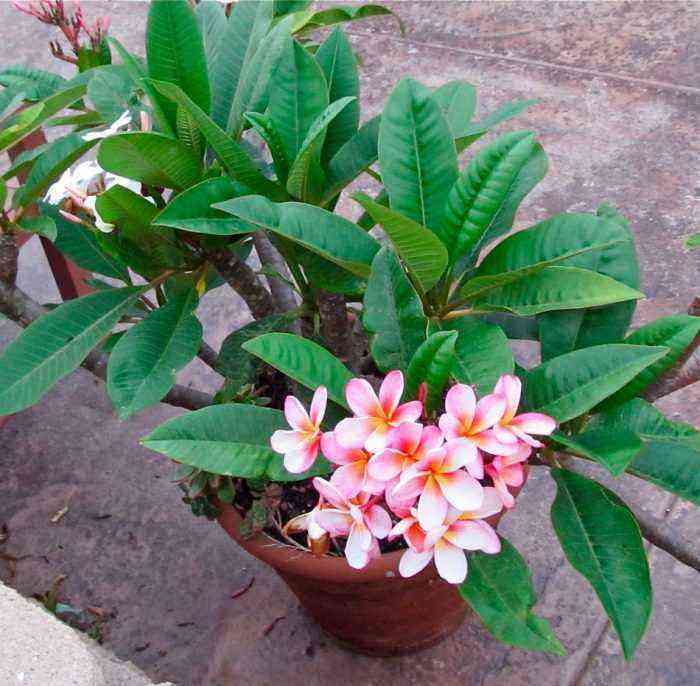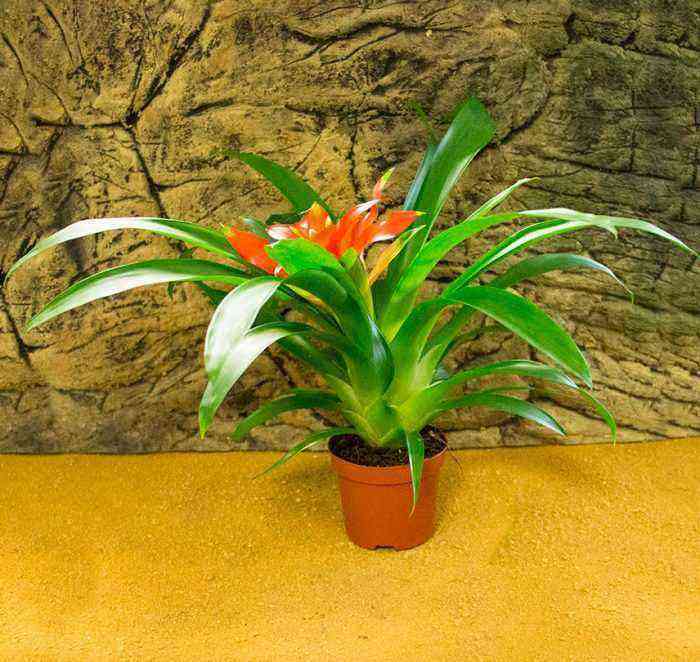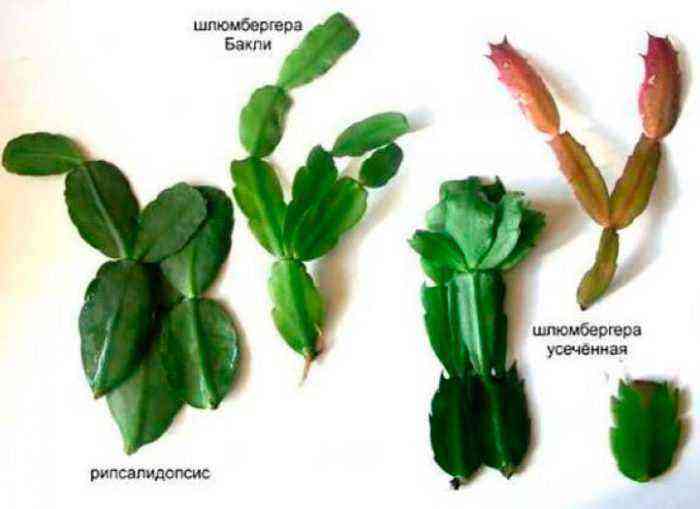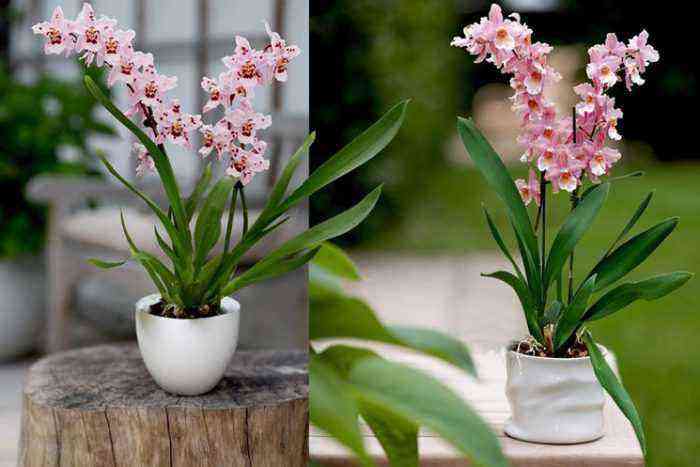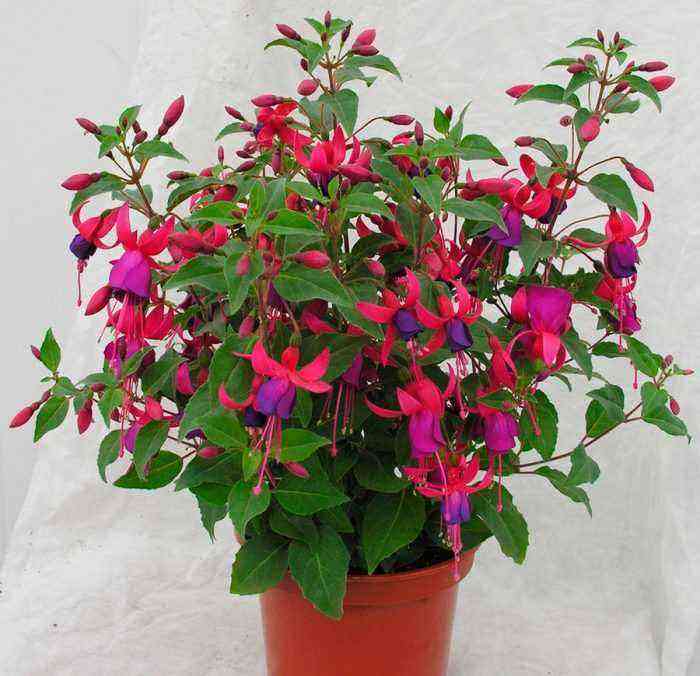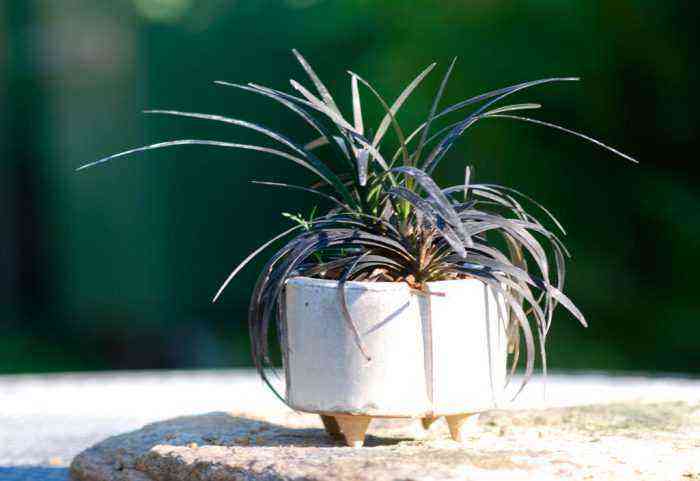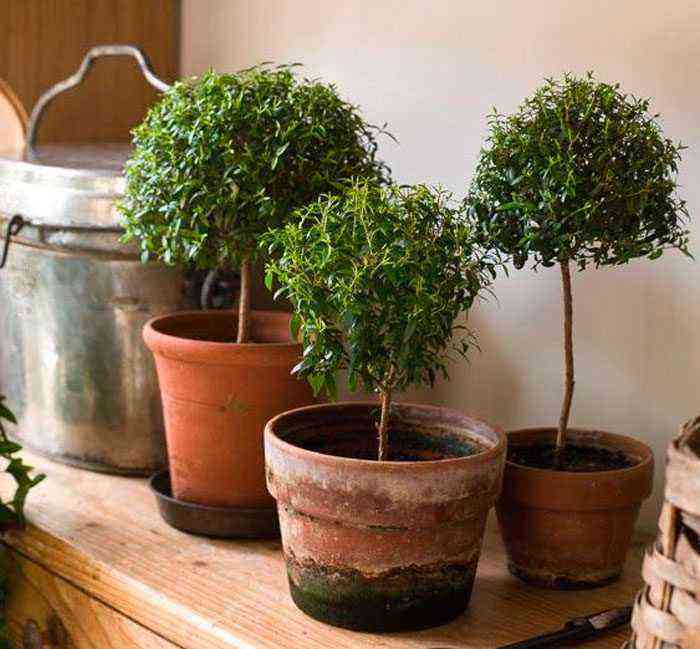Such an incredibly beautiful plant as the miltonia orchid is very popular with flower growers who are happy to grow it at home. This amazing plant was named after a very famous orchid collector, Englishman Milton.
Such a herbaceous plant is a perennial and is directly related to the rather extensive orchid family. In nature, it can be most often found in the forests of Colombia and Brazil.
Some time ago, this genus united all species growing in the valleys and mountainous regions of Central America, as well as Brazil. However, at the moment, such mountain plants are separated into a separate genus – miltoniopsis. The miltonia plant, on the other hand, prefers to grow in lowlands, in places with a rainy climate.
Such a plant has a sympodial growth pattern and is epiphytic. So, this orchid has aerial roots and stems, with pseudobulbs located at the base. Its rather long leaves have a very interesting color, which is similar to yellow or gray. Flowers can be painted in a wide variety of color shades. At the same time, extremely unusual patterns similar to the wings of a butterfly are placed on the surface of the petals.
This plant has false bulbs, from which several stems grow, outwardly somewhat reminiscent of a panicle. They can vary in color. So, they are pink, white, red or yellow.
Seeing such a plant for the first time, the last thing that can come to mind is that it is exotic. And all because it has a very attractive, but quite simple look. Florists often call it pansies, because their flowers are very similar in color and shape.
This genus unites about 20 species of various plants, and there are also hybrids, with the most popular being miltassia.
Miltonia orchid care at home
This genus of orchids is relatively easy to grow at home. To do this, you just need to follow all the rules for care.
Illumination
Needs warmth and good lighting, but the light must be diffused. Miltonia can also grow quite calmly in partial shade. With sufficient light, the leaf blades have a pinkish tint. The leaves should not be exposed to direct rays of the sun, as they can leave burns on their surface.
Temperature conditions
In the spring and summer, it is recommended to grow the plant in a room with a temperature not higher than 20 degrees, and in winter – no more than 18 degrees. A sharp change in temperature can negatively affect the condition of the plant. The maximum temperature difference at which the orchid will feel quite comfortable is 3 or 4 degrees. Frequent ventilation is recommended, but experts advise protecting the flower from drafts.
The fact that the temperature regime is not suitable for a given plant can be understood by the state of its leaf plates, which begin to shrink into an “accordion”. At the same time, the number of shoots is reduced, they become smaller and grow extremely slowly.
Humidity
Miltonia will feel great with an air humidity of about 70 percent. It should be remembered that the humidity should not be less than 60 percent, as this has an extremely negative effect on the orchid. So, her growth slows down, and flower stalks begin to dry out. It should be remembered that the warmer it is in the room, the higher the humidity should be. To increase it, you can place an open vessel filled with water in the immediate vicinity of the flower, and also pour moistened pebbles into the pan. Also, do not forget about regular and fairly frequent ventilation.
How to water
In the spring-summer period, there is an intensive growth, in this regard, it is necessary to water the plant abundantly at this time. Make sure that the soil mixture does not dry out completely, and also be sure to drain the liquid accumulated in the pan. Otherwise, it can lead to the death of miltonia.
Watering is recommended using the “hot shower” method. For this, water is used with a temperature of 45 degrees. Such a shower reminds a plant of rains in the places where it comes from. After watering, wait until all the liquid has drained, and then wipe the leaf plates dry.
In winter, the amount of watering should be reduced.
Additional fertilizing
Fertilizers should be applied to the substrate once every 1 weeks, following the instructions. The use of foliar dressings is allowed – this is when the leaves are sprayed with water, with nutrients dissolved in it. If the plant blooms profusely, then it means that you are feeding correctly.
The rest period
Typically, the dormant period begins after the pseudobulbs mature. At the same time, young and old processes should become the same size. At this time, the orchid needs coolness (up to 15 degrees), and watering should also be reduced.
Experts advise to rearrange the flower for this period in a cool and fairly dry place. The duration of this period is about 8 weeks. In summer, you can hang the container with the plant in the shade of the trees in the garden. In winter, Miltonia also has a dormant period, during which growth slows down and flowering almost stops. It is necessary to start taking care of the plant normally after young flower stalks appear.
Transplant Features
Transplanted 1 or 2 times a year. It is recommended to do this immediately after the beginning of flowering, while the size of young shoots should reach 5 centimeters. More frequent transplants are not recommended.
The root system removed from the old pot must be cleaned of the substrate. In this case, such a procedure should be carried out as carefully as possible. If necessary, take a larger container.
The drainage is laid out at the bottom, as well as in the center of the container (it is better to take it from plastic). The soil should be loose with pine chips, impurities and crushed charcoal. The first watering after transplanting is recommended to be carried out in 2-4 days, and before that it is necessary to moisten the foliage as often as possible.
Methods of reproduction
You can propagate it vegetatively. Pinch off a shoot from an adult shoot (at least 3 pseudobulbs must be present on it) and plant it in a separate pot.
Diseases and pests
The plant is most often home to whiteflies, thrips and scale insects.
- Thrips – love warmth and dryness. On the front side of the leaves, grayish dots are formed. The foliage itself takes on a silvery hue.
- Whiteflies – whitish or yellowish spots are formed on the seamy side of the leaves. Over time, the foliage becomes colorless, and then acquires a brown tint. After that, the flower dies.
- Scabbards – brownish plaques form on the surface of foliage and shoots, leaving sticky.
Basic views
Miltonia brilliant (Miltonia spectabilis)
This plant is versatile as it can grow calmly in both warm and cold conditions. Slightly elongated pseudobulbs are flattened laterally. The yellowish leaves have a belt-like shape. Quite large flowers are often painted white and yellow. And also there are pink flowers with purple streaks. It blooms in late summer and autumn.
Miltonia yellowish
The homeland of such an orchid is Argentina. It has double-leaved pseudobulbs and peduncles, which can bear no more than 14 snow-white patterned flowers. Pointed leaves have a straw color. This miltonia blooms from March to August.
Miltonia snow-white (Miltonia сandida)
From one bulb, 1 or 2 peduncles grow, which bear no more than 5 fragrant and rather large flowers. In this case, the cups are wavy and colored yellow. On the surface of the petals there are small brownish or reddish spots.
Miltonia regnellii
Thin leaves have a glossy surface. The peduncle bears no more than 6 fragrant white flowers. On the pink lip, there are stripes of purple hue.
Miltassia
This hybrid was created by crossing brassia with miltonia. The petals of lovely flowers are not the usual rounded shape, but a little elongated. They are collected in a panicle inflorescence and outwardly similar to many spider legs.
Also very popular are such species as Parusovidnaya, Delightful, Phalaenopsis, Ruzla, and hybrids – Odontonia, Degarmoara.
